Have you ever noticed your cat lingering in the same room as you, quietly nearby, but never actually curling up in your lap? It’s a curious thing. Some cats are glued to their humans, purring and pawing for attention, while others seem like mysterious little shadows—always around, but just out of reach. If you’ve ever wondered what’s going on in your standoffish feline’s mind, you’re not alone. The truth is, a cat’s love isn’t always loud. Sometimes, it’s about silent companionship, the kind you can feel in the air. Let’s unravel the secret reasons why cats stick close—even if cuddling isn’t their style.
The Silent Company of Cats

Cats are often misunderstood as aloof creatures, but their presence isn’t always about physical affection. Many cats prefer simply being in the same space as their humans. They might park themselves on a windowsill, perch on a bookshelf, or lie just out of arm’s reach. This quiet companionship is a feline way of saying, “I trust you.” You might not get purrs and snuggles, but your cat is still choosing to be with you. It’s a bit like two friends sharing a comfortable silence—no words needed, just a feeling of togetherness.
Understanding Feline Boundaries

Cats are creatures of boundaries. Unlike dogs, who often crave constant attention, cats decide how close is close enough. Respecting their personal space is key to building trust. When a cat stays near but doesn’t cuddle, it’s showing affection on its own terms. Pushing for cuddles can sometimes make them retreat. Think of it as a dance: your cat leads, and you follow their rhythm. Over time, these boundaries can shift as trust grows, but it’s always on their schedule.
Socialization and Early Life Experiences

How a cat was raised has a huge impact on its comfort with closeness. Kittens handled gently and often by people tend to grow into cuddlier adults. But those who had less human contact, or even negative experiences, might be more hesitant. These early lessons shape their view of the world. If your cat is standoffish, it’s not your fault—it might just be their history. Still, even these cats often choose to stay near their trusted humans, showing love in quieter ways.
Safety in Numbers
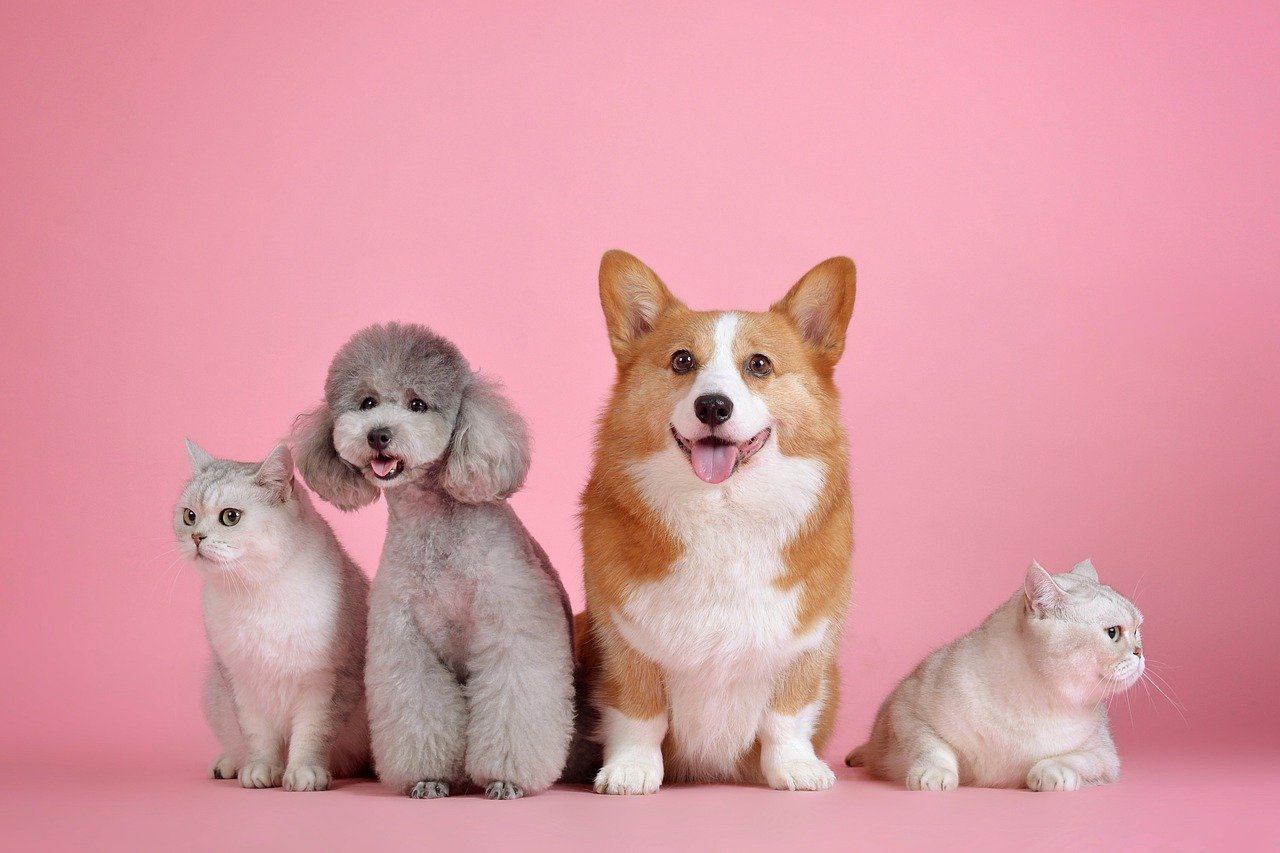
Cats are naturally cautious, always on alert for potential threats. In the wild, being part of a group can mean extra safety. At home, you are their group—their family. Even if your cat doesn’t want to snuggle, being close to you makes them feel protected. They may nap in the same room or follow you from place to place, not for affection, but for security. It’s a subtle but powerful bond, rooted in their instinct to stay safe with those they trust.
Territory and Familiar Scents

Your home is your cat’s kingdom, and you are a big part of what makes it feel safe and familiar. Cats use scent glands in their cheeks and paws to mark their territory, and just being near you reinforces that bond. Even a less cuddly cat will often hang out in places you frequent, soaking up your scent and sharing theirs. This invisible exchange helps them feel grounded and calm. If you notice your cat rubbing against your furniture—or your legs—it’s their way of making sure their world smells like “home.”
Communication Beyond Touch

Not all communication needs to be physical. Cats have a whole language of their own: slow blinks, tail flicks, soft meows, and even just being present. A cat who sits nearby and gives you a long, slow blink is offering a gesture of trust and affection. They might not be in your lap, but they’re sending a clear signal: “I’m happy you’re here.” Learning to read these subtle cues can deepen your connection and help you understand your cat’s unique personality.
Observing Without Interacting
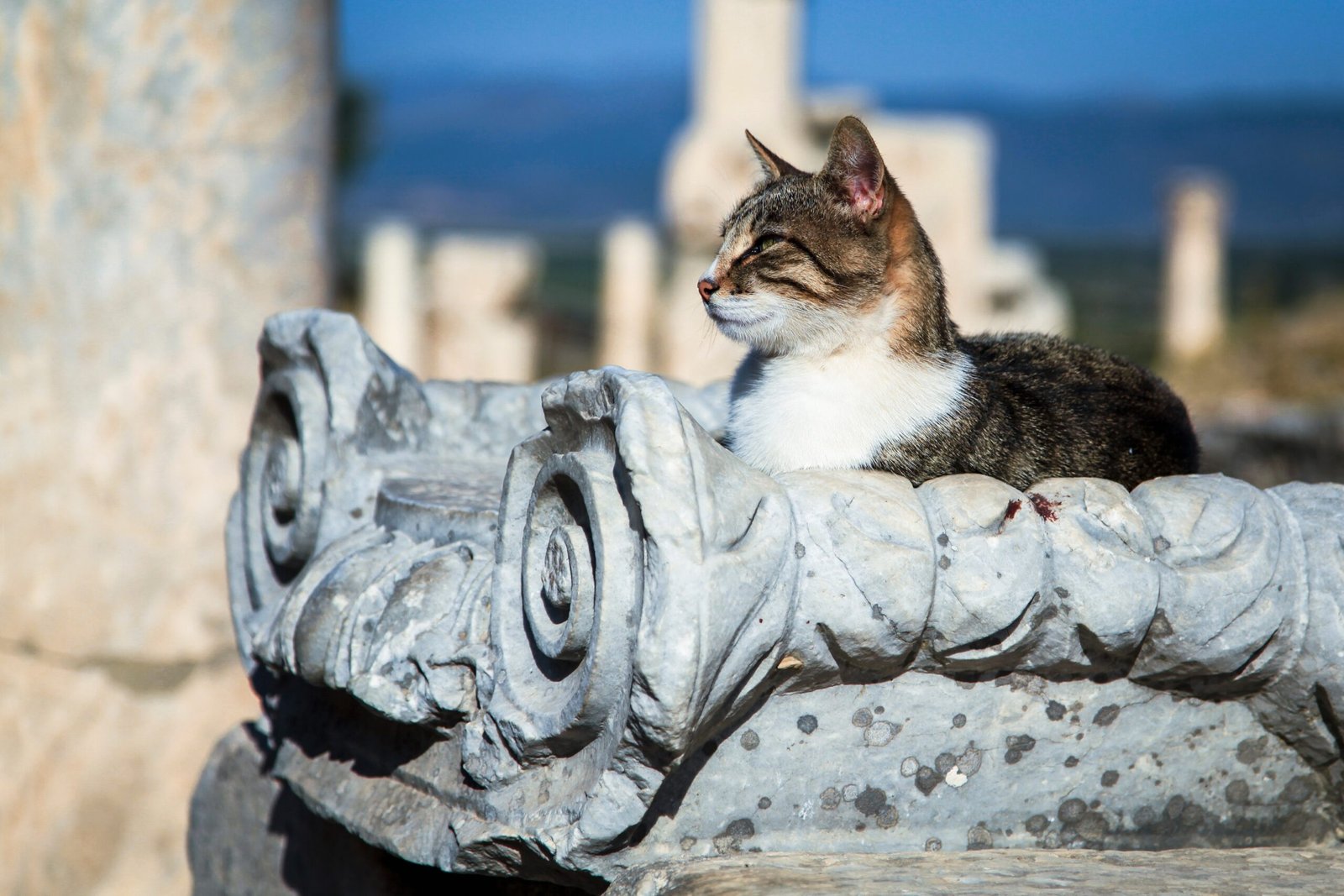
Cats are the ultimate people-watchers. They love to observe everything you do, often from a safe distance. This isn’t indifference—it’s curiosity. Your cat might be perched on top of the fridge or peeking from behind a curtain, keeping tabs on your every move. It’s their way of staying connected, even without direct interaction. Sometimes, just knowing you’re around is enough to keep them content and entertained.
Routine and Predictability

Cats thrive on routine. They find comfort in the familiar rhythms of your day—when you wake up, when you eat, when you relax. Even if they don’t want to cuddle, they’ll often linger near you during these times. It’s a way of anchoring themselves in the predictable flow of life. If you suddenly change your routine, you might notice your cat sticking even closer, as if to say, “What’s going on?” Your presence is a reassuring constant in their world.
Personality and Genetics

Just like people, cats have their own personalities, shaped by a mix of genes and experience. Some breeds are known for being lap cats—think Ragdolls or Maine Coons—while others are famously independent. But even within a breed, every cat is different. Some are shy, some are bold, and some are happiest just hanging out nearby. Genetics set the stage, but each cat writes its own script.
Stress and Comfort Zones
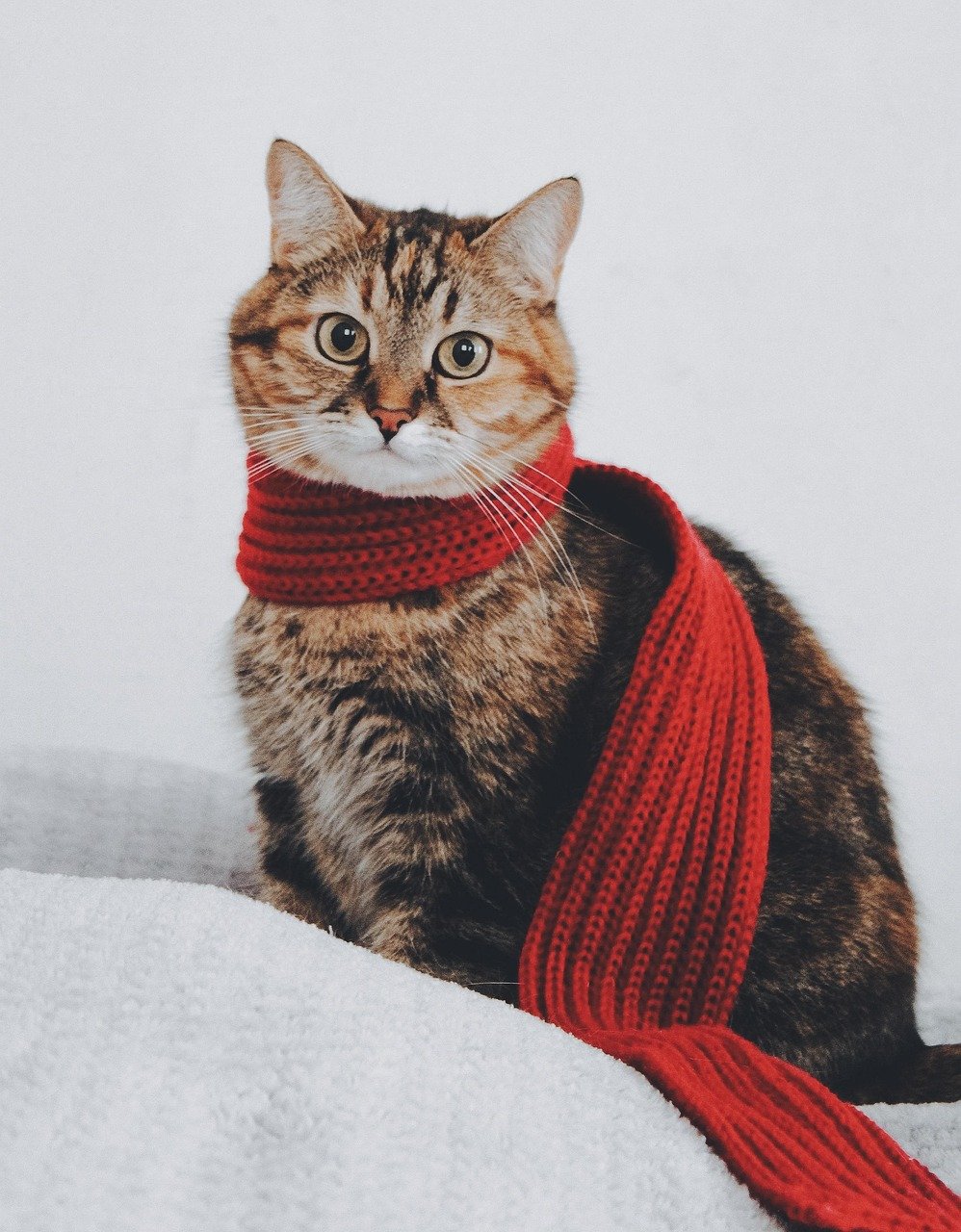
When cats feel stressed or anxious, they often seek out their humans for comfort—even if they don’t want to be touched. You might notice your cat hovering nearby during thunderstorms, loud parties, or after a move. Their presence is a silent plea for reassurance. Just being close to you can help them feel safer, even if physical contact is still out of reach.
Temperature Preferences

Cats are little heat-seeking missiles. They love warmth, whether it’s a sunny patch on the floor or the gentle hum of your laptop. Sometimes, a cat will settle near you simply because you’re a source of heat. If your lap is too warm or too fidgety, they’ll find a cozy spot close by instead. It’s not a snub—it’s just about finding the perfect temperature.
Bonding Without Physical Touch
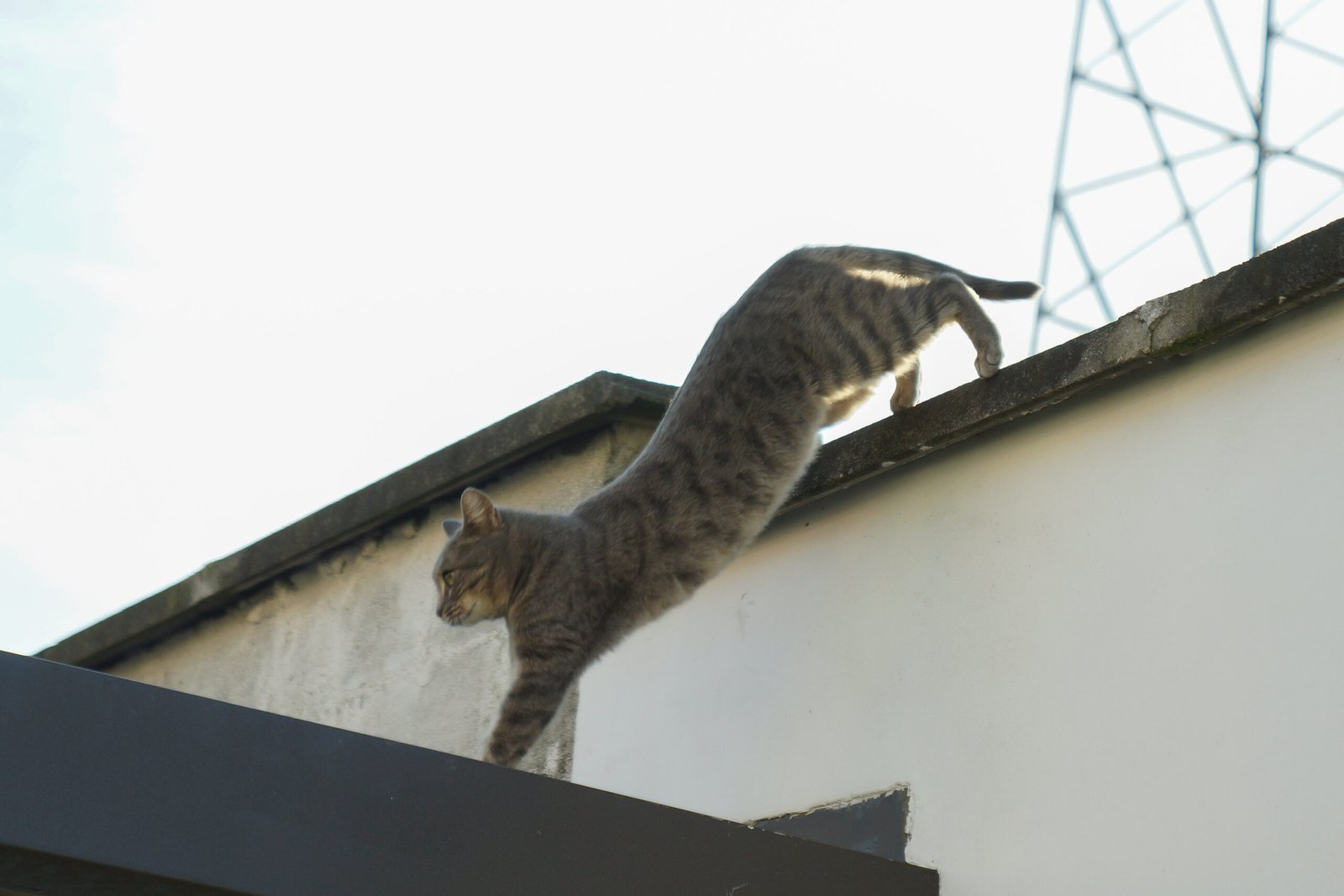
Not all bonds are built through cuddles. Many cats show their love in quieter ways—following you from room to room, greeting you at the door, or sleeping at your feet. These small acts are their version of “I love you.” It’s like a friend who always wants to hang out, even if they don’t want a hug. The bond is there, even if it looks different than you expected.
Respecting Independence

Cats value their independence. They may love you deeply, but they also need space to be themselves. Pushing for more affection than they’re comfortable with can backfire, making them more distant. When you respect their need for autonomy, you earn their trust. It’s a bit like any good relationship—give a little space, and the connection grows stronger.
Health and Physical Comfort
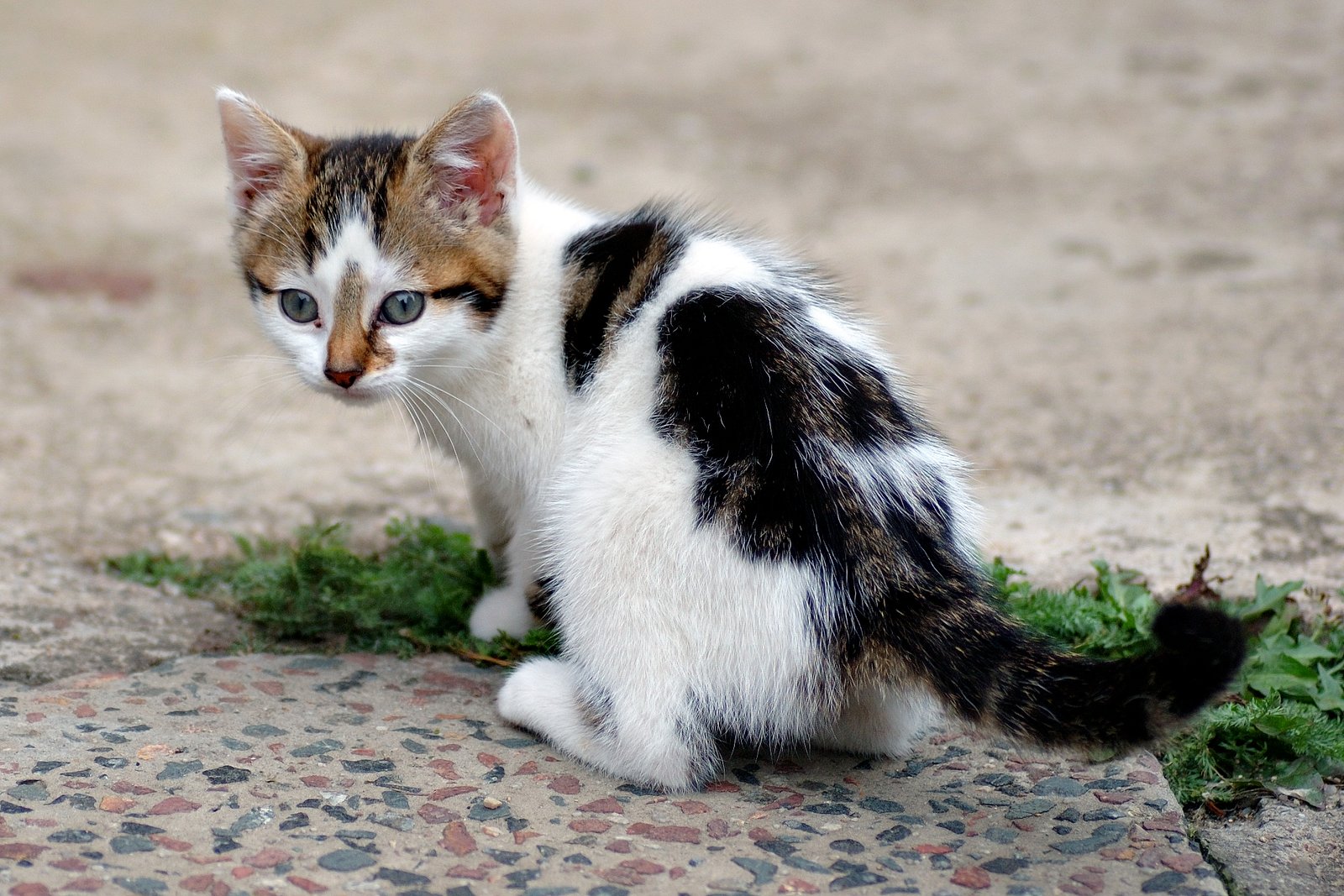
Sometimes, a cat’s reluctance to cuddle isn’t about personality at all—it’s about comfort. Older cats, or those with arthritis, may find it painful to be picked up or held. Even a minor injury can make them wary of close contact. If your once-cuddly cat suddenly keeps its distance, a quick check-up at the vet is a good idea. Their desire to stay near you usually doesn’t change, even if how they show it does.
Past Trauma or Negative Experiences
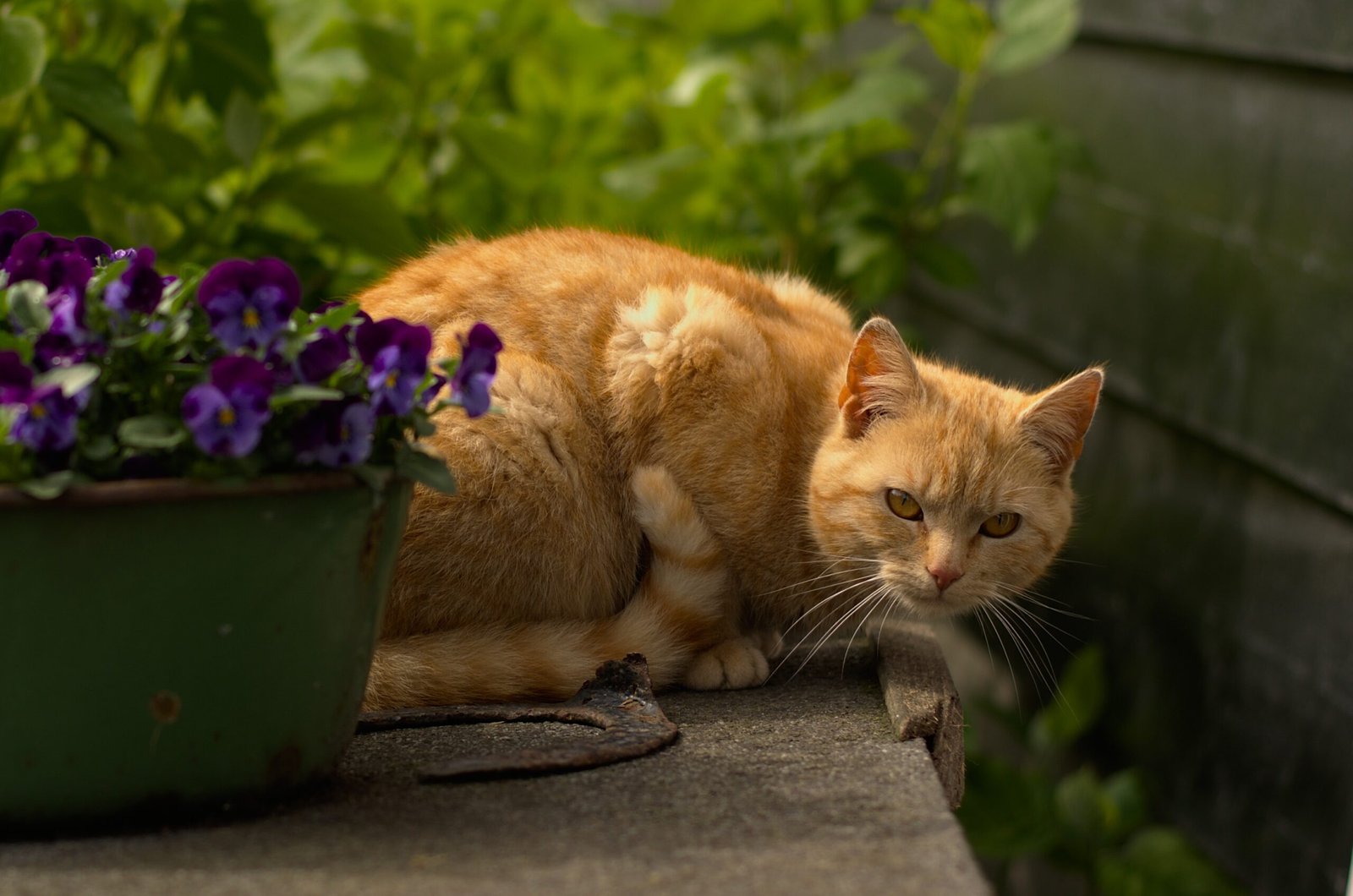
Cats with a history of trauma—like those rescued from harsh conditions—may be especially cautious about physical affection. They might want to be near you, but flinch at sudden movements or shy away from touch. Building trust with these cats takes patience and understanding. Over time, their desire for closeness can grow, even if cuddling is never in the cards.
Feeding and Resource Association
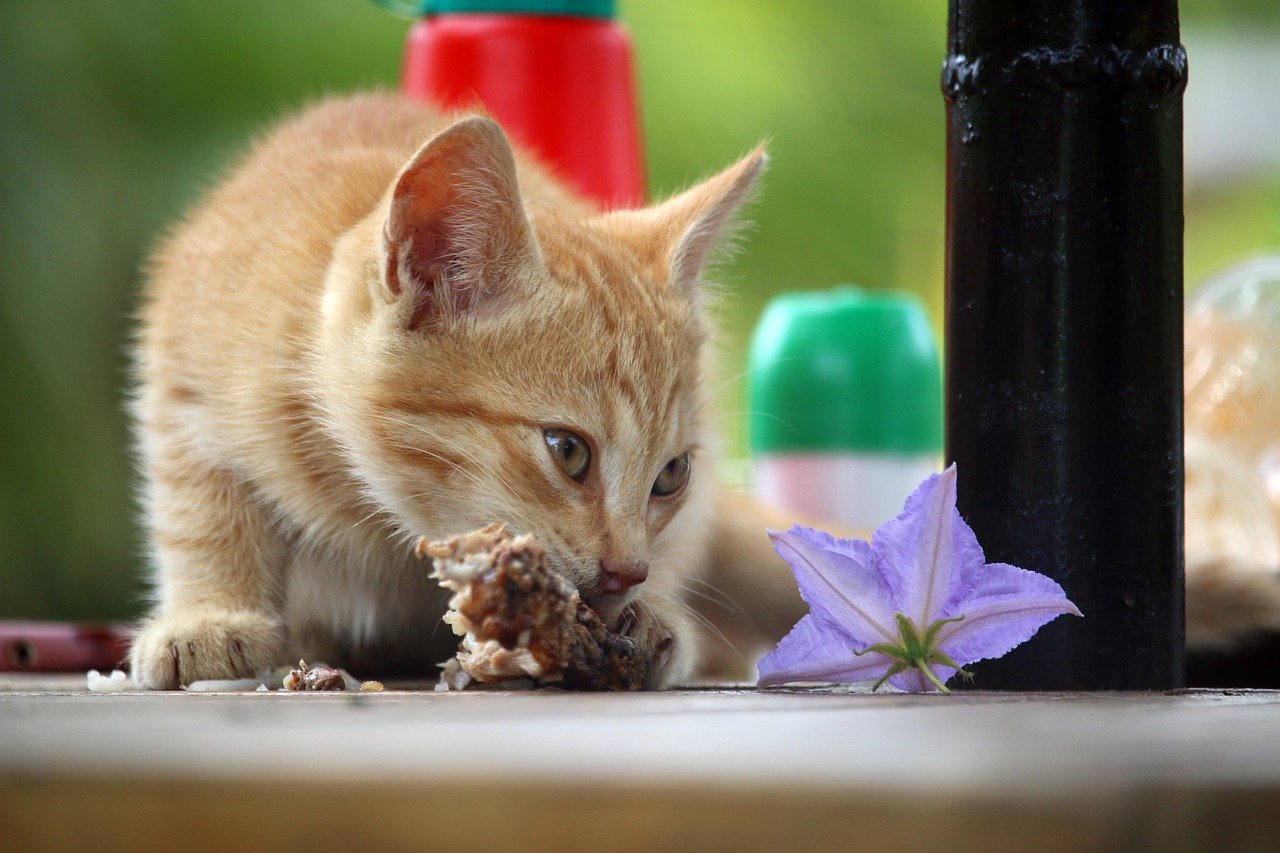
For many cats, you’re more than just a companion—you’re the bringer of food! Cats quickly learn to associate their humans with tasty meals and treats. This bond, while practical, can also be deeply emotional. Even if your cat doesn’t snuggle, it may stay close by at mealtimes or follow you around the kitchen, hoping for a little snack. The connection between food and affection is strong in the feline world.
Subtle Signs of Affection
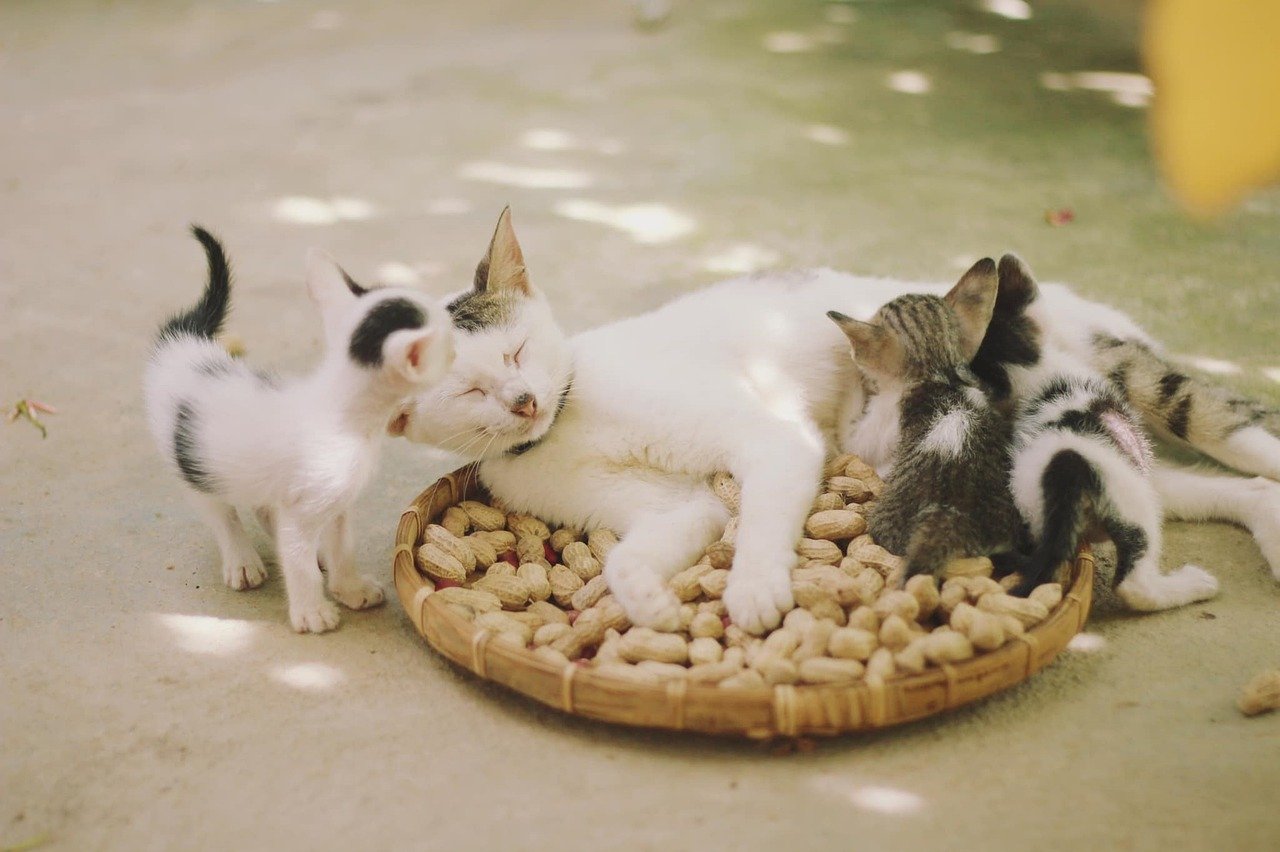
A cat’s affection isn’t always obvious. You might notice your cat bringing you a “gift” (like a toy or, less charmingly, something from outside), chirping softly, or gently head-butting your leg. These are all signs of love and trust. Even if they don’t want to be held, they’re telling you, in their own way, that you matter.
The Influence of Other Pets
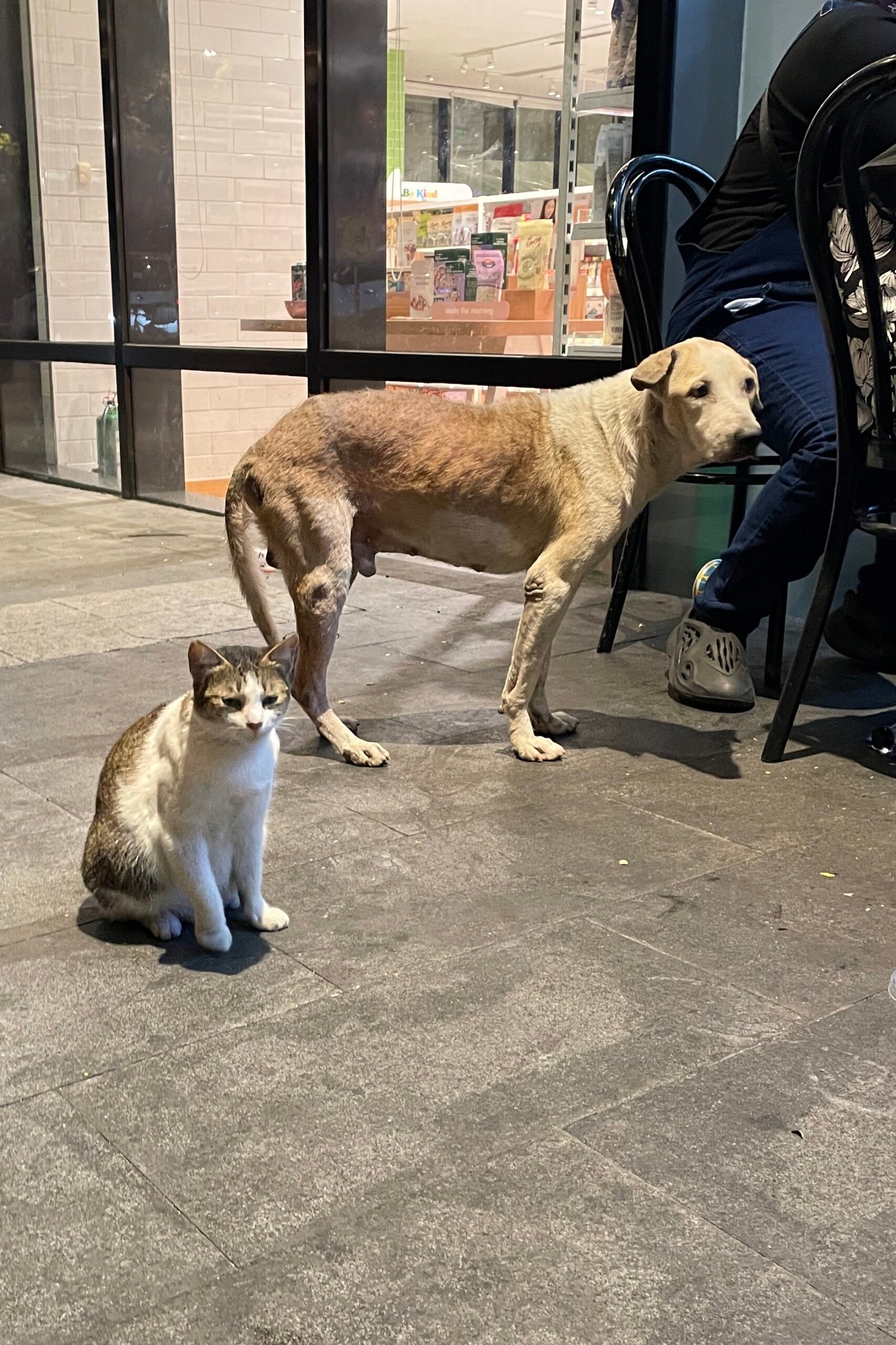
If you have multiple pets, your cat’s behavior might be shaped by the dynamics of the group. Some cats are more reserved when other animals are around, preferring to show affection when things are quiet. Others might stay close to you as a way of staking their claim or seeking reassurance. The presence of other pets can shift the way your cat interacts with you, sometimes making them more attached, sometimes more distant.
Changes in the Household

Cats are sensitive to changes in their environment. New furniture, visitors, or even a different daily schedule can make them seek the comfort of their favorite human. During times of change, your cat may not want extra cuddles, but will likely stay close by. Their silent presence is a way of coping, finding stability in your familiar scent and routine.
Growing Affection Over Time

Cats can surprise you. A cat who was once distant may become more affectionate as it ages or as trust builds. Tiny gestures—like sleeping closer to you, or quietly joining you on the couch—can be milestones in your relationship. Every cat’s journey is unique. Patience, respect, and a little understanding can turn even the most reserved feline into a loyal companion, content just to be near you.
Learning to Love a Non-Cuddly Cat

Living with a cat who doesn’t cuddle can be an exercise in patience and empathy. It’s about learning to speak their language and finding joy in the little things. Maybe it’s the way your cat waits for you at the door, or the gentle purr you hear when you walk by. These are quiet declarations of love, meant just for you. In their own mysterious way, your cat has chosen you—and sometimes, that’s the biggest cuddle of all.
Hi, I’m Bola, a passionate writer and creative strategist with a knack for crafting compelling content that educates, inspires, and connects. Over the years, I’ve honed my skills across various writing fields, including content creation, copywriting, online course development, and video scriptwriting.
When I’m not at my desk, you’ll find me exploring new ideas, reading books, or brainstorming creative ways to solve challenges. I believe that words have the power to transform, and I’m here to help you leverage that power for success.
Thanks for stopping by, Keep coming to this website to checkout new articles form me. You’d always love it!






